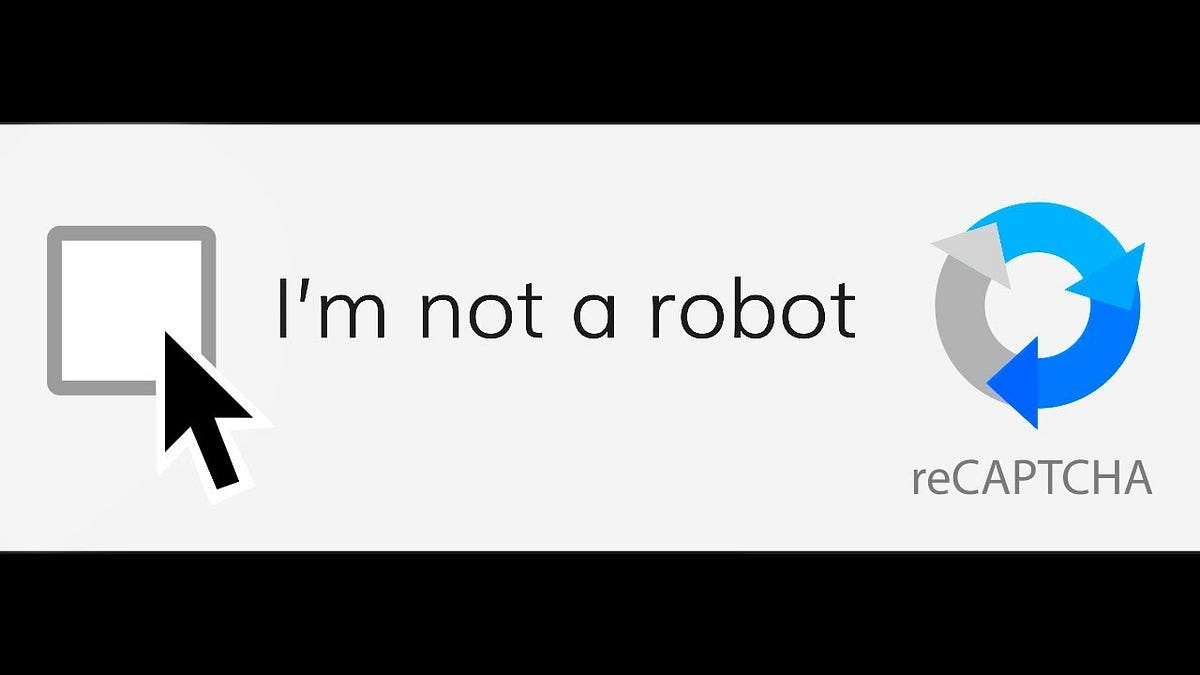CAPTCHA: History + Uses
CAPTCHA : (for Completely Automated Public Turing Test To Tell Computers and Humans Apart)
Ever typed gibberish to prove you're not a robot?
Inspired by an episode of "No Stupid Questions," let's get to know the mind behind CAPTCHA,
Luis von Ahn!
Who is Luis von Ahn?
He was a PhD student at Carnegie Mellon University when he attended a talk by the chief scientist of Yahoo.
The talk was about 10 problems that the company was facing, and one of them was spam emails.
Inspired, he collaborated with his professor, Manuel Blum, and invented CAPTCHA – the distorted text test that keeps robots in check.
Why Yahoo had a hard time with spam?
Free email services like Yahoo's were a breeding ground for spam. With no barrier to entry, bots could easily create massive numbers of email accounts in minutes.
These fake accounts were then used to bombard users with unwanted emails.
This ongoing battle with spam ultimately led to the creation of CAPTCHAs.
CAPTCHAs are essentially tests that can be generated and graded by computers but are designed to be passed by humans.
They typically are based on the senses that we take for granted, such as sight and sound. However, the most recent type of CAPTCHA analyzes your mouse movements involved in clicking a checkbox.
Use Cases of CAPTCHAs
Digitizing Text
By solving these challenges, users help digitize text that computers have difficulty recognizing, contributing to projects like Google's reCAPTCHA, which helps improve optical character recognition (OCR) technology.
Training Artificial Intelligence (AI)
Believe it or not, CAPTCHAs can actually contribute to AI development! By labeling images or identifying objects in CAPTCHAs, we unknowingly contribute to training AI algorithms to perform similar tasks.
Fight Fake Reviews
Ever wonder if that glowing review for a product is real? CAPTCHAs can help websites spot fake accounts. By making sure reviewers are human, CAPTCHAs help keep online opinions honest.













Comments
Post a Comment